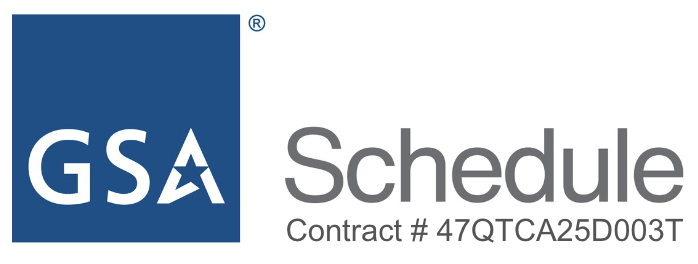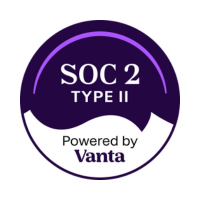
ADHD doesn’t discriminate; it affects people of every gender, age, and background. But for women and girls, it often looks very different from the stereotypical version most people imagine.
While girls and women still struggle with the core challenges (trouble focusing, impulsivity, and restlessness) the way those symptoms show up can vary dramatically. Because of this, girls and women have historically been underdiagnosed, misunderstood, or mislabeled as anxious, lazy, or even “too emotional.”
Girls vs. Boys: Symptoms
For decades, ADHD has been portrayed as a “boys’ disorder,” largely because young boys often display more hyperactive and disruptive behaviors. Girls, on the other hand, are more likely to present with inattentive symptoms such as daydreaming, quiet distraction, or internalized anxiety that are easier for teachers and parents to miss.
Research published in the National Library of Medicine found that girls with ADHD are consistently underdiagnosed. An article published in BMC Psychiatry states that while clinical studies may show boys outnumbering girls five to one, community-based studies suggest the ratio is closer to two to one. The Nordic Journal of Psychiatry, states that when girls are overlooked, they often go untreated into adolescence and adulthood, increasing their risk of developing anxiety, depression, social difficulties, and other comorbid conditions. Many women learn to mask their struggles by working harder, pushing through fatigue, and striving for perfection.
Types of ADHD
ADHD presents in three primary ways:
- • Predominantly inattentive type – trouble focusing, organizing, or following through
- • Predominantly hyperactive-impulsive type – restlessness, impulsivity, and difficulty staying still
- • Combined type – a blend of both inattentive and hyperactive-impulsive traits
Women and girls can have any of these presentations, and symptoms may shift as they move through life. However, studies published in ScienceDirect suggest that the inattentive type is most common among females (Nordic Journal of Psychiatry, 2020).
This can show up as:
- • Trouble focusing or finishing tasks
- • Avoiding long or mentally demanding projects
- • Forgetfulness and misplaced items
- • Procrastination or difficulty getting started
- • Zoning out or appearing “spacey”
Since these behaviors don’t usually draw attention or cause disruption, they’re easy to miss, and that’s exactly why so many girls and women slip through the cracks. Instead of being recognized as signs of ADHD, girls are told they’re unmotivated, too talkative, or scatterbrained.
When Hyperactivity Turns Inward
As women get older, hyperactivity doesn’t always disappear, it changes shape. Instead of showing up as constant movement or fidgeting, it often turns inward, becoming a kind of mental restlessness. Many describe it as feeling like their body is calm, but their mind is racing. According to CHADD, this internal hyperactivity is often mistaken for anxiety or even personal failure, leaving many women to blame themselves instead of recognizing it as a symptom of ADHD.
This inner restlessness might show up as:
- • Talking excessively or interrupting unintentionally
- • Feeling like their mind is “going a million miles a minute”
- • Fidgeting, pacing, or needing to move often
- • Acting impulsively or making quick decisions they later regret
- • Overcompensating by working two or three times harder than peers
- • Struggling with emotional regulation or perfectionism
- • Fearing rejection or clinging to relationships
When “Trying Harder” Was Never the Answer
Because these differences are subtle, ADHD in women often goes unnoticed until adulthood. Many women spend years wondering why life feels harder, why focusing takes so much effort, why organization seems impossible, or why emotions feel “too big.”
According to research from the National Library of Medicine, women who go undiagnosed often describe feeling “different,” “lazy,” or “broken,” blaming themselves for not being able to keep up. Over time, that self-blame can take a serious toll on self-esteem. Many adults with ADHD grow up carrying a deep sense of underachievement, shaped by years of being told to “try harder” or that they “should be doing better.” Those messages sink in and can eventually manifest as anxiety, depression, or chronic self-doubt.
Receiving a diagnosis can be transformative and can reframe those lifelong struggles as symptoms, not personal failures. It allows for healing and effective support.
The Bottom Line
Greater awareness and inclusive research have the power to reshape the story of ADHD, one where women and girls are finally seen, understood, and supported rather than overlooked. As our understanding deepens, diagnosis becomes less about fitting a stereotype and more about recognizing the full, diverse reality of how ADHD shows up in everyday life.
With earlier identification, compassionate care, and tools that meet people where they are, more women can move from simply coping to truly thriving, learning not just to manage their ADHD but to embrace the creativity, intuition, and resilience that often come with it. As stigma fades and awareness grows, the narrative shifts from misunderstanding to empowerment.
More for Your Mental Toolbox

Understanding Negative Self-Talk: Breaking Free From Your Mental Prison
Negative self-talk harms mental health by fueling self-doubt and anxiety. Reframing thoughts and practicing positive self-talk can break this cycle, boosting well-being and resilience.
Read more →
Breaking the Silence: National PTSD Awareness Month
June marks PTSD Awareness Month—a time to educate, reduce stigma, and support the millions impacted by trauma with understanding, treatment, and hope for healing.
Read more →








